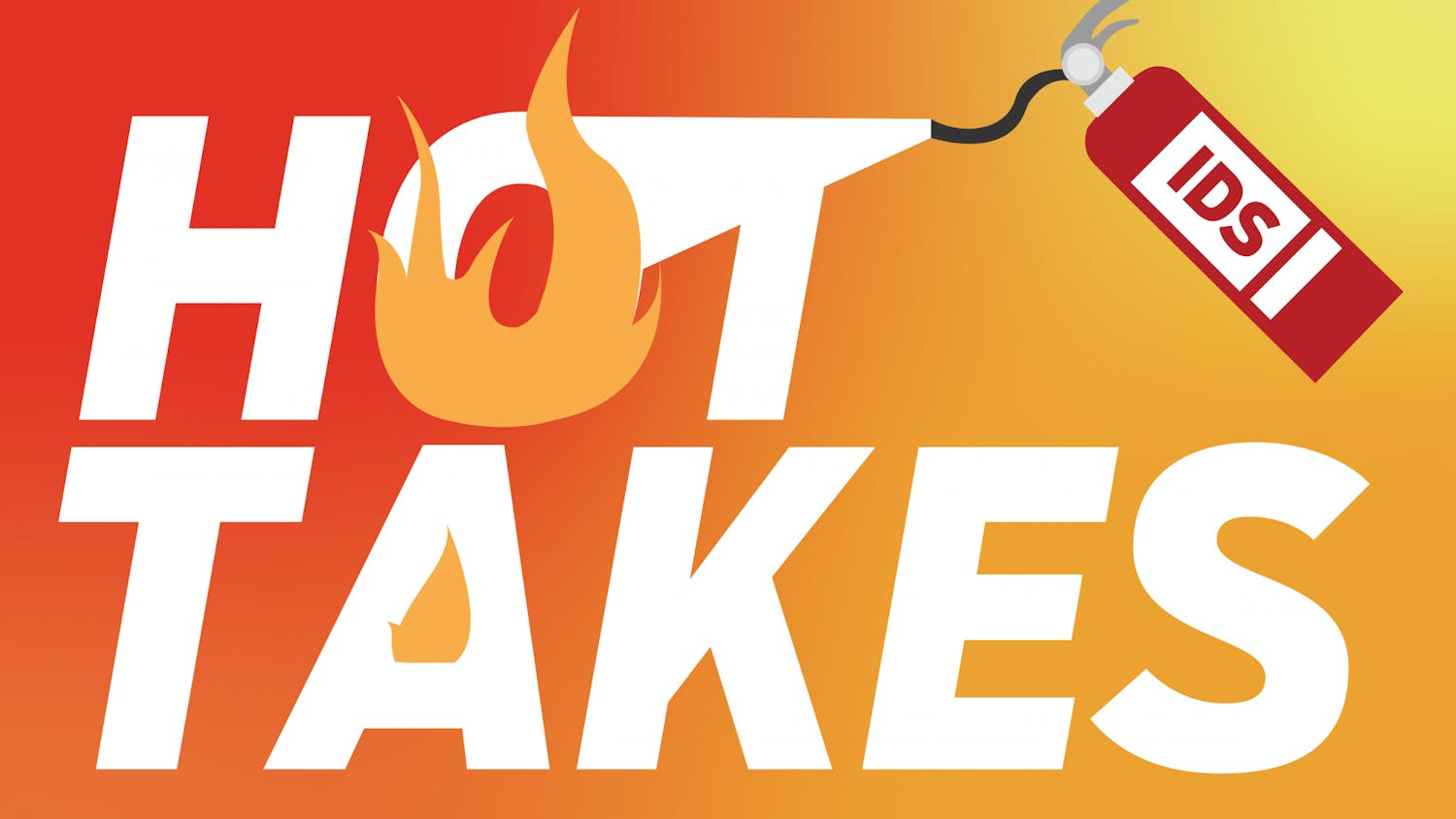Last week, the conservative author and American Enterprise Institute Scholar Charles Murray spoke on campus about his 2012 book, “Coming Apart: The State of White American 1960-2010.” The book looks at a demographic that is widely viewed as having swung the last election in President Trump’s favor: working class whites. It caught early a zeitgeist that has been endlessly explored by pundits since the election, and Murray has spoken at numerous campuses since his book came out. An op-ed this weekend in the New York Times by two Cornell professors found that most college professors who were asked to rate the politics of the talk Murray gave at Middlebury College on the book (without knowing the author’s identity) rated it middle-of-the-road.
As reviews of “Coming Apart” in venues from the New York Times to the Wall Street Journal invariably note, Murray’s first claim to broad public attention---indeed, infamy---came with his 1994 book, “The Bell Curve,” which ventured into repugnant territory. That book, co-authored with Daniel Herrnstein, made controversial and since completely discredited claims linking success solely to cognitive intelligence, and further linking that intelligence to race and genetics. “The Bell Curve” equivocated about this link, but that is hardly the point. While Murray strongly disputes this characterization, the book has come to stand for a thoroughly and rightly condemned eugenicist viewpoint, one associated with some of the darkest chapters in human history.
Should Murray’s 1994 book have been reason enough for administrators like me to tell the students and faculty who invited Murray that they were not permitted to host his talk at IU? Many students and faculty members signed a petition requesting exactly that. According to that petition:
"We are strong believers in academic freedom and free speech. We do not advocate for blanket censorship of controversial views by state institutions, nor by private actors. For that reason, we respect the right of Charles Murray’s sponsors to extend to him an invitation to speak at Indiana University.
At the same time, public universities and the institutions within them also have a responsibility to act judiciously when providing venues for speakers, particularly in the present climate of racial tension. In this case, we believe that providing a platform to Charles Murray is highly irresponsible and detrimental to the university community."
How can those four sentences be logically reconciled? As my colleague Erwin Chemerinsky, constitutional law scholar and dean of University of California Irvine’s law school, wrote about what he had learned teaching an undergraduate seminar on the First Amendment, “This generation has a very strong and persistent instinct to protect others from hateful, discriminatory, or intolerant speech, especially in educational settings,” one that strikes a different balance on free speech concerns than those of us who “grew up during the time of civil rights and anti-Vietnam war protests . . . .” I am assuming that these petition-signers are rightly concerned, as am I, about the impact of hateful speech on members of our community, and the community itself. Hate speech should always be challenged and strongly condemned.
But Murray’s talk wasn’t hate speech. It was an argument about social class and politics. There are many ways an academic institution, especially a state institution of higher education which is bound by the First Amendment, can react to controversial speech. We can do what IU’s Political and Civic Engagement Program did: teach and discuss. Or do what the scholars who scrutinized The Bell Curve’s social science did: interrogate the reasoning, or the evidence, undergirding the claims, and disprove them if they are wrong.
Or protest peacefully. The First Amendment also protects that, and people who disagree with Murray were out in force during Murray’s talk. IU took strong steps to ensure both that the talk could continue, and its audience could engage with Murray in the question-and-answer period that followed, and that peaceful protesters could express their views. By doing so, we avoided the level of violence, injury, and heckler’s veto that accompanied Murray’s talk at Middlebury College, and which have been roundly condemned by scholars of every political persuasion and every major news outlet.
Harvard’s Cornel West and Princeton’s Robert George sit on opposite sides of the political spectrum, but both reacted immediately to the shout-down of Murray at Middlebury by a petition in favor of “truth seeking, democracy, and freedom of thought and expression” urging that we engage respectfully with those with whom we disagree.
Our democracy depends on denying to those in power the right to pick and choose which viewpoints we citizens are allowed to hear. But our academic community depends, distinctively, on more than mere tolerance. It depends on engagement with ideas, perhaps especially with ideas we believe are wrong or flawed. That engagement sits at the very heart of what it means to be an academic community. It is, or ought to be, what makes us distinctive in the world.
I respect the views of those who signed the petition asking me to “disinvite” Murray, and I sympathize deeply with the instinct to protect our community members from the felt insult accompanying the presence of someone whose work has become a symbol, fairly or not, of eugenics. But I cannot agree that we are a stronger community, or that we respect our students’ and colleagues’ agency and intellectual development, by weakening the values of free speech and free inquiry that define what it means to be a university.



